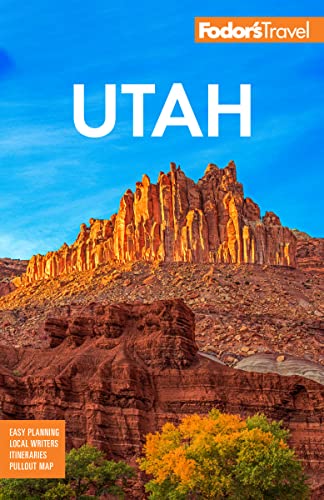Safety
It's always best to tell someone—the hotel desk clerk, the ski-rental person—where you're going. Cell phones don't always work in the backcountry, and even a general idea of where you are can help rescuers find you quickly. Know your limits.
Many trails are at high altitudes, where oxygen is thinner. They're also frequently desolate. Hikers and bikers should carry a flashlight, a compass, waterproof matches, a first-aid kit, a knife, and a light plastic tarp for shelter. Backcountry skiers should add a repair kit, a blanket, an avalanche beacon, and a lightweight shovel to their lists. Always bring extra food and a canteen of water. Never drink from streams or lakes, unless you boil the water first or purify it with tablets. Giardia, an intestinal parasite, may be present.
Always check the condition of roads and trails, and get the latest weather reports before setting out. In summer take precautions against heat stroke or exhaustion by resting frequently in shaded areas; in winter take precautions against hypothermia by layering clothing.
You may feel dizzy and weak and find yourself breathing heavily—signs that the thin mountain air isn't giving you your accustomed dose of oxygen. Take it easy and rest often for a few days until you're acclimatized. Throughout your stay, drink plenty of water and watch your alcohol consumption, as dehydration is a common occurrence at high altitudes. If you experience severe headaches and nausea, see a doctor. It is easy to go too high too fast. The remedy for altitude-related discomfort is to go down quickly into heavier air.
Flash floods can strike at any time and any place with little or no warning. The danger in mountainous terrain intensifies when distant rains are channeled into gullies and ravines, turning a quiet stream-side campsite or wash into a rampaging torrent in seconds; similarly, desert terrain can become dangerous when heavy rains fall on land that is unable to absorb the water and thus floods quickly. Check weather reports before heading into the backcountry, and be prepared to head for higher ground if the weather turns severe.
One of the most wonderful features of Utah is its abundant wildlife. To avoid an unpleasant situation while hiking, make plenty of noise and keep dogs on a leash and small children between adults. While camping, be sure to store all food, utensils, and clothing with food odors far away from your tent, preferably high in a tree or in a bear box. If you do come across a bear or big cat, do not run. For bears or moose, back away while talking calmly; for mountain lions, make yourself look as big as possible. In either case, be prepared to fend off the animal with loud noises, rocks, sticks, and so on. And, as the saying goes, do not feed the bears—or any wild animals, whether they're dangerous or not.
When in any park, give all animals their space. If you want to take a photograph, use a long lens and keep your distance. This is particularly important for winter visitors. Approaching an animal can cause stress and affect its ability to survive the sometimes-brutal climate. In all cases, remember that the animals have the right-of-way; this is their home, and you are the visitor.




